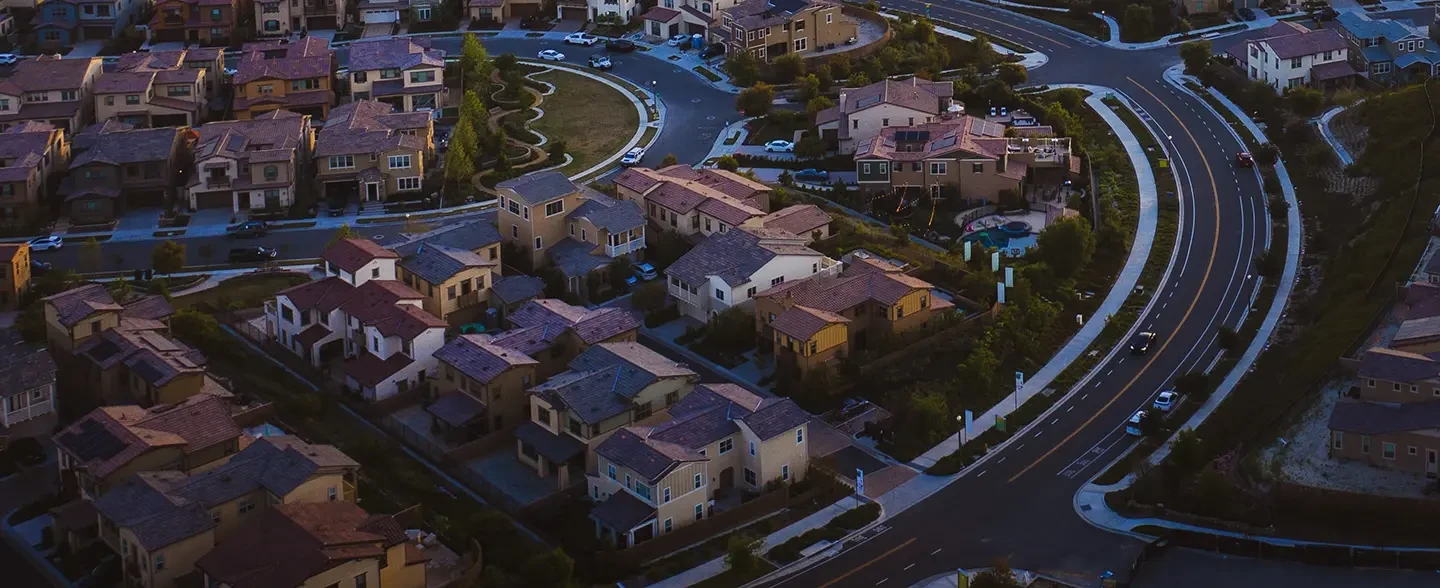Homeowners Association (HOA) board members play a pivotal role in maintaining the integrity, financial health, and overall well-being of their communities. Entrusted with responsibilities ranging from enforcing community rules to managing budgets and overseeing maintenance, these individuals are expected to act in the best interests of all homeowners.
However, situations may arise where a board member is perceived to be underperforming, acting unethically, or making decisions that conflict with the community's best interests.
In such cases, homeowners might consider the option to remove an HOA board member. It's crucial to approach this process with a clear understanding of the legal framework to avoid potential liabilities, HOA disputes, and ensure the community's stability.
Understanding The Legal Framework For HOA Board Member Removal
Consult Governing Documents of the HOA
Before initiating any removal process, it's essential to review the HOA's governing documents, including the Bylaws, Articles of Incorporation, and Covenants, Conditions, and Restrictions (CC&Rs). These documents often outline specific procedures for California HOA board removal, detailing the steps required, voting thresholds, and any particular conditions that must be met.
For instance, some bylaws may stipulate that a board member can be removed for missing a certain number of consecutive meetings or for failing to fulfill their duties. Understanding these provisions is the first step in ensuring a lawful and effective removal process.
Familiarize with the Davis-Stirling Act
The Davis-Stirling Common Interest Development Act is the primary body of law governing HOAs in California. This act provides comprehensive guidelines on various aspects of HOA governance, including the removal of board members.
Under California Civil Code Section 7222, members of an HOA have the right to remove directors with or without cause, provided specific procedures are followed. For example, in associations with fewer than 50 members, a majority vote of all members is typically required for removal. In larger associations, the removal must be approved by a majority of members present at a meeting where a quorum is achieved.
It's also important to note that certain provisions, such as cumulative voting, can impact the removal process. In cumulative voting scenarios, a director may not be removed if the number of votes cast against removal would be sufficient to elect the director under cumulative voting rules.
Identify Grounds For Board Member Removal
While the law allows for the removal of board members without cause, having a valid reason can strengthen the case and garner community support. Common grounds include:
Failure to Fulfill Responsibilities: Consistent absenteeism from meetings, neglecting assigned duties, or failing to participate in board decisions can be considered valid reasons for removal. Such behavior can hinder the board's effectiveness and negatively impact the community.
Breach of Fiduciary Duty: Board members have a fiduciary duty to act in the best interests of the HOA. Actions that compromise this duty, such as mismanaging funds or making decisions that benefit personal interests over the community's welfare, can be grounds for removal.
Conflict of Interest: Engaging in decisions where personal interests conflict with those of the HOA, without proper disclosure, undermines trust and can justify removal.
Unethical Behavior: Instances of harassment, discrimination, or other misconduct not only violate ethical standards but can also expose the HOA to legal liabilities. Such behavior warrants serious consideration for removal.
Initiate A Recall Election Process
If the decision is made to proceed with removal, the following steps are typically involved:
Collect Signatures for a Petition: Members can initiate a recall by submitting a petition. According to the Davis-Stirling Act, the petition must be signed by at least 5% of the association's members. It's crucial to ensure that the petition complies with both state laws and the HOA's governing documents. Before initiating a recall, it's essential to understand the procedures and implications of receiving a violation notice from your HOA
Conducting a Vote to Remove a Board Member: Once a valid petition is submitted, the board is required to schedule a special meeting for the vote. Proper notice must be given to all members, and the meeting should adhere to quorum requirements as specified in the bylaws. The vote must be conducted fairly and transparently, often through secret ballots, to ensure integrity.
Importance of Engaging Legal Advice
Engaging an experienced HOA attorney in California in the California HOA board removal process can provide invaluable guidance, ensuring that all actions taken are legally sound and that the rights of all parties are protected. Legal counsel can assist in interpreting governing documents, advising on state laws, and representing the HOA or its members during dispute resolution.
Explore Alternative Measures
Offer a Resignation Option
Before initiating formal removal procedures, consider engaging in a constructive dialogue with the board member in question. Encouraging a voluntary resignation can be a less contentious and more expedient solution.
According to California Corporations Code § 7224(c), a director may resign at any time by giving written notice to the board, which becomes effective upon delivery unless specified otherwise.
Wait for Term Limit Expiration
If immediate removal isn't feasible, waiting for the board member's term to expire may be a practical alternative. California law does not impose mandatory term limits for HOA board members; however, associations can establish term limits within their governing documents. Implementing term limits can promote board diversity and prevent stagnation.
Importance Of Engaging Legal Advice
Navigating the complexities of California HOA board removal requires careful adherence to legal procedures. Engaging an experienced HOA attorney in California is crucial to ensure compliance with both state laws and your association's governing documents. Legal counsel can provide guidance on the appropriate steps to take, help draft necessary documents, and represent the association in any legal proceedings that may arise.
Potential Legal Consequences Of Improper Removal
Improperly removing a board member can lead to significant legal repercussions, including lawsuits, reinstatement of the removed member, and financial liabilities for the association. Courts have the authority to remove directors in cases of fraudulent or dishonest acts or gross abuse of authority. Therefore, it's imperative to follow all legal protocols meticulously to avoid such outcomes.
Understanding The Roles And Duties Of HOA Board Members
HOA board members are entrusted with the responsibility of managing the association's affairs in the best interests of the community. Their duties include:
Fiduciary Duty: Acting in good faith and in the best interests of the association.
Duty of Care: Making informed decisions with due diligence.
Duty of Loyalty: Avoiding conflicts of interest and self-dealing.
Duty to Act Within the Scope of Authority: Operating within the bounds of the association's governing documents and applicable laws.
Understanding these roles and duties is essential for maintaining effective governance and community trust.
Fostering Community Alignment To Prevent Conflicts
Promoting open communication and community involvement can help prevent conflicts that lead to board member removal. Strategies include:
Regular Communication: Keeping homeowners informed through newsletters, meetings, and digital platforms.
Community Engagement: Organizing events and forums to encourage participation and feedback.
Transparent Decision-Making: Ensuring that board decisions are made openly and with homeowner input.
By fostering a collaborative environment, associations can build trust and reduce the likelihood of disputes.
Partner With LS Carlson Law For HOA Board Member Removal
Navigating the complexities of California HOA board removal requires a thorough understanding of both the association's governing documents and state laws. Engaging an experienced HOA attorney California is crucial to ensure compliance and mitigate potential liabilities.
At LS Carlson Law, we specialize in resolving HOA board conflicts and guiding homeowners through the legal process to remove HOA board members when necessary. Our legal experience in the Davis-Stirling Act and California HOA law positions us to effectively advocate for your community's best interests.
Ready to take action? Contact LS Carlson Law today to schedule a consultation and learn how we can assist you in legally addressing HOA board member issues.

Tell Us About Your HOA Dispute
When you hire LS Carlson Law, you can be assured you’ll be getting an aggressive firm fully dedicated to achieving your legal objectives. Don’t take our word for it, we encourage you to take a look at the numerous five-star client reviews. Call us now or fill out the form to set an appointment.



